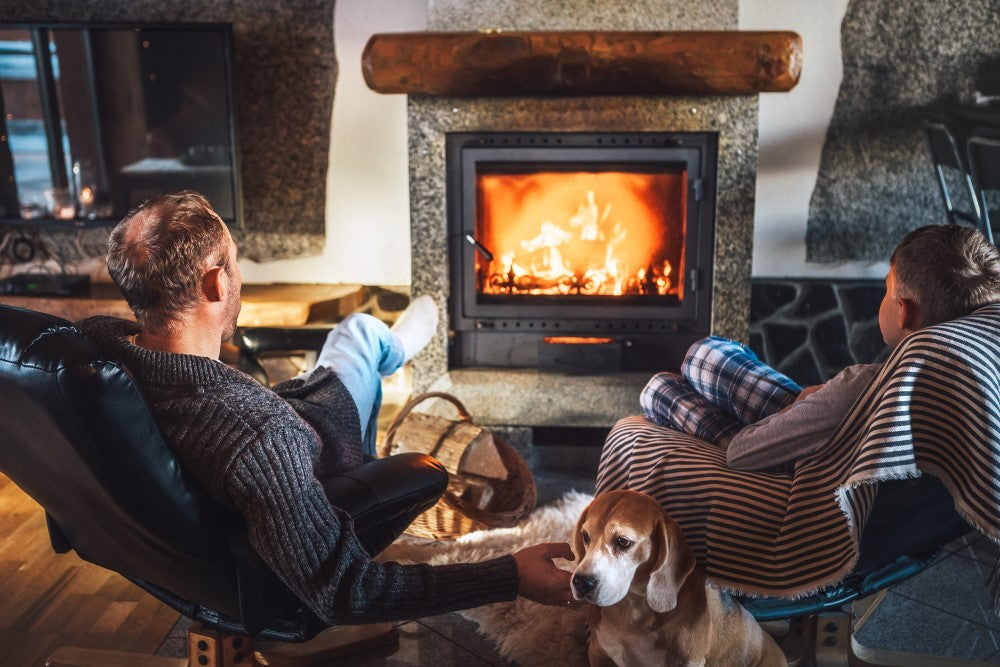Knowing how to maintain and use your wood heater can ensure that you and your loved ones are not only kept cosy and warm all winter, but also more importantly, that you are safe.
- Before you use your fireplace remember to clean the chimney flue for soot build-up.
- Check the door seal, door glass seal and door latch.
- Fireplace coals remain hot - long after the fire has been extinguished. Use a shovel to scoop the ashes into a metal container. Store the container far from combustibles, combustible surfaces, and wood floors.
- Firewood should be safely stacked at least 12 metres away from your home and stack the wood loosely to promote air circulation in a sheltered place covered from the weather.
- Never use flammable liquids to start a fire in your fireplace. It is best to use starter logs and newspapers.
- Remember, your wood heater has been designed to burn firewood, not rubbish.
Fireplace tools and accessories
Always make sure you have the correct fireplace equipment to ensure fireplace safety. Fireplace tools are generally sold separately
- Flue Brush Cleaning Kit
- Fire Screens and Fire Guards. A fire guard is an essential purchase if you have pets or small children
- Wood poker
- Metal shovel
- A wood carrier or large basket to store your fire logs and kindling near the fireplace
Which wood should you burn to get the best results?
Burn only seasoned, not “green,” wood. It is important that your wood is dry before being burnt; here are some ways to determine if your wood is good to burn,
- Look for spilt or cracks that have formed at the ends of the pieces.
- Split a piece, and if the fresh surface feels warm and dry, it is dry If it feels cool and damp it is too wet.
- Only use larger pieces of wood when the fire is well established, small pieces at the start so you do not pack your fireplace too tightly as this will cause it to smoulder.
- If your wood does get wet, keep it inside or undercover out of the weather for a few days before using it.
A fireplace that burns correctly will keep the heat, produce less smoke and will be more efficient. You will need to make sure your fire is getting enough airflow which will give you added warmth. Keeping a small layer of ash can help to insulate the hot coals formed after the initial bits of wood have burnt through, and help to transfer the heat back onto any further logs added to the fire.
Author: Kellie Gibbs

